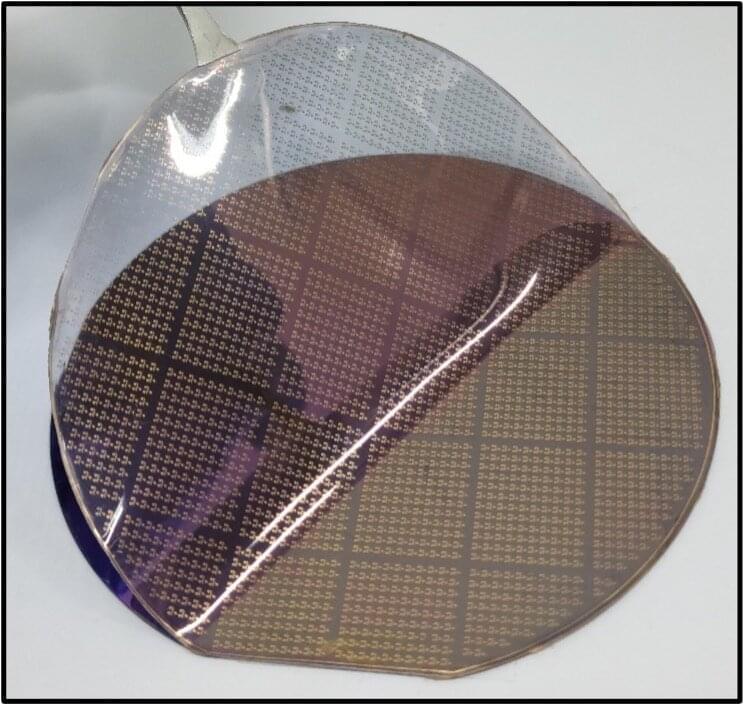“The inevitability of death is what makes life worth living.” — Henry.
“Would we need to extend the years everyone should continue to be in the workforce, in order to pay for those not contributing?” — Marianne.
“Imagine you have people with all the prejudices they grew up with and they never die. Or you have someone who is a dictator and they get to live forever and be dictator forever. Or you have Congress where you have 80 and 90 year olds holding office forever but now they never die so nobody new can take over.” — Avram.






